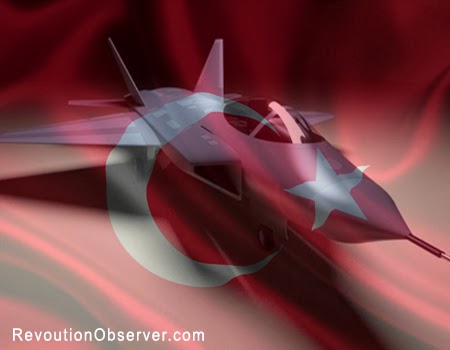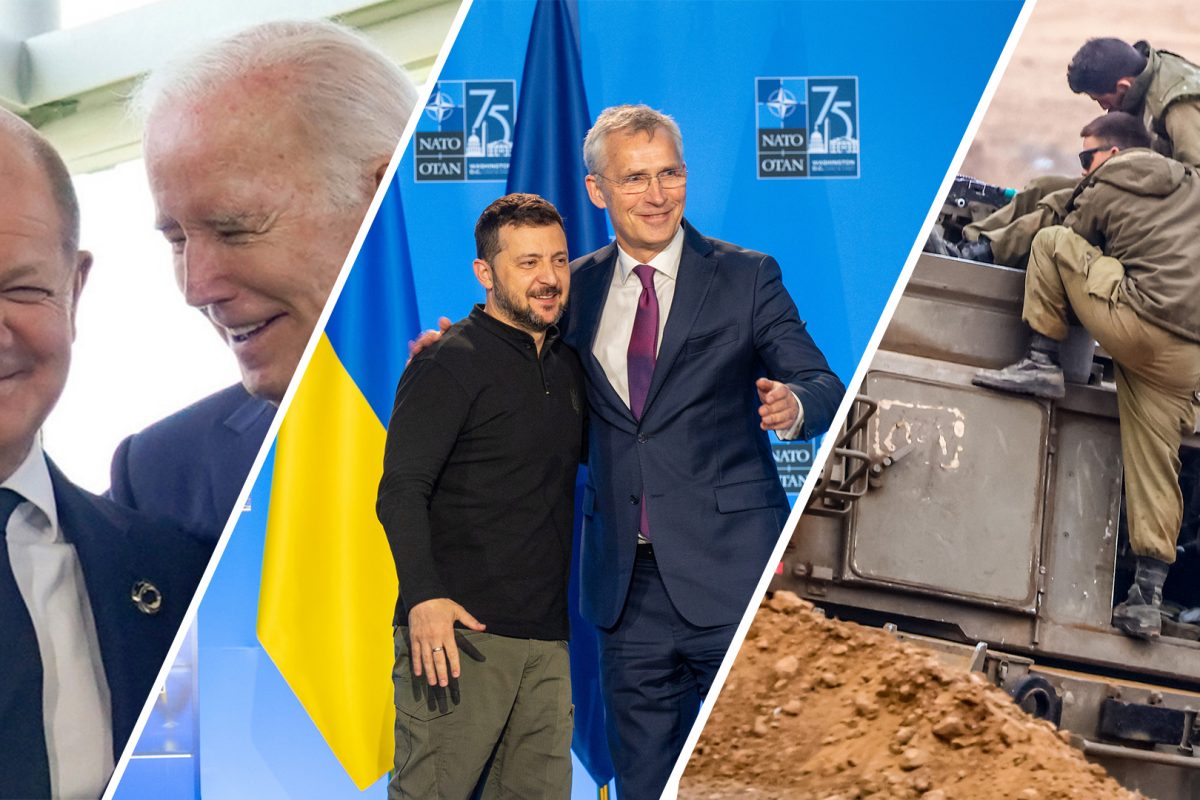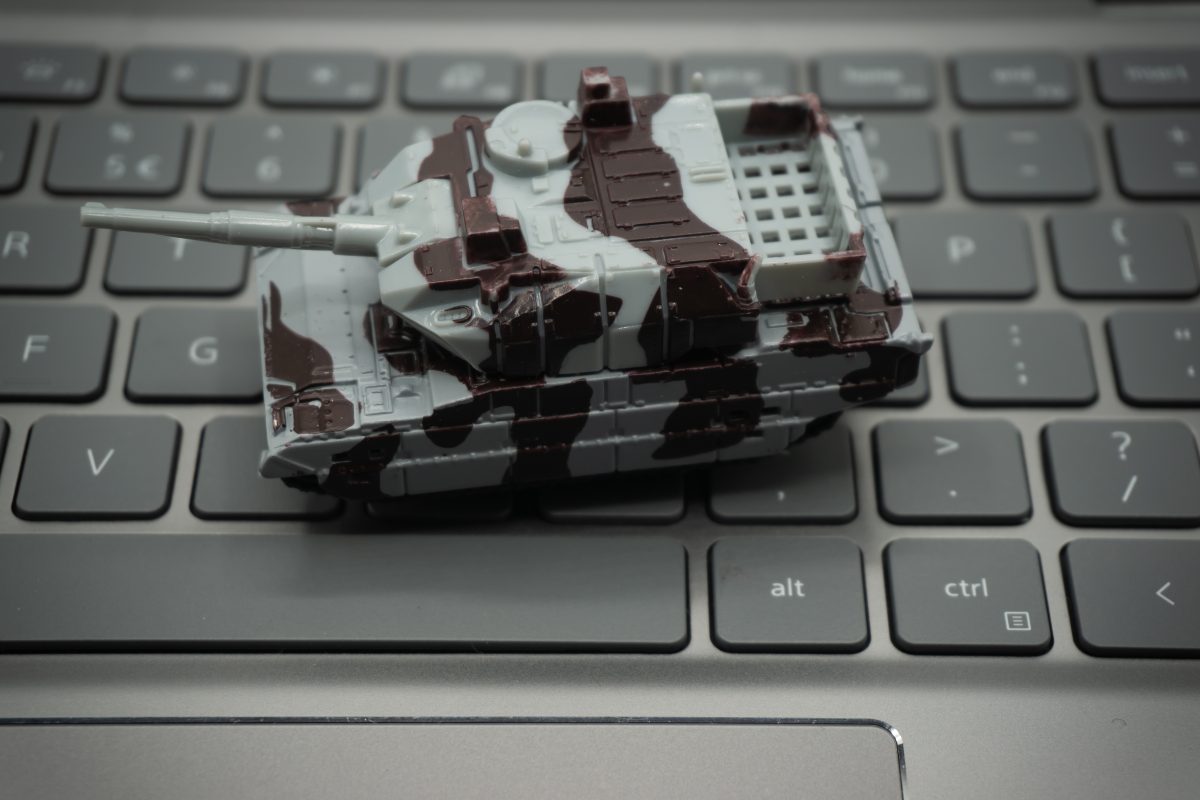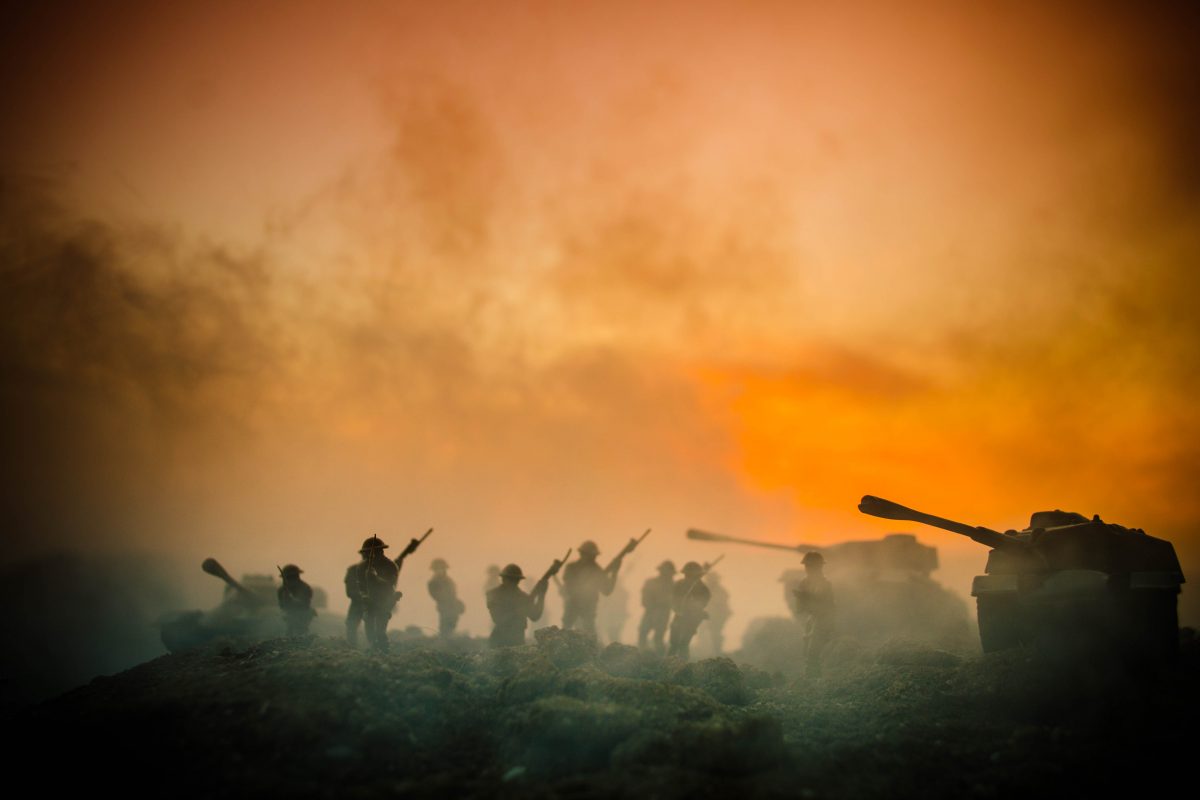By
Bilal KhanOn September 26th Turkey announced that it would acquire HQ-9 long-range surface-to-air missiles (SAM) from the China Precision Machinery Import-Export Corporation (CPMIEC) [1]. With the initial contract running at $4bn US, the HQ-9 system will form a core part of Turkey’s long-range air defence strategy [2]. The HQ-9 is a localized Chinese variation of the Russian S-300, a relatively well-regarded long-range SAM system [3]. With an operational range of up to 125km, [4] the CPMIEC HQ-9 was chosen over Russia’s S-300, the European SAMP/T Aster 30 and the American Patriot system, thereby surprising analysts that a NATO member such as Turkey would choose a non-NATO system [5].
Turkey’s acquisition of HQ-9 must be looked at in the greater context of its wider military modernization efforts, specifically with regards of its goal of sourcing locally for its next-generation equipment [6]. For example, Turkey’s next generation tanks, ships, helicopters, submarines, fighter aircraft, drones, weapon-systems (such as precision guided bombs) and a number of radars and electronics will be built locally. Analysts believe Turkey’s choice of HQ-9 over the Patriot or SAMP/T have to do with China’s willingness to transfer critical technology and to sell at competitive rates [7]. The Americans are usually reluctant to engage in technology transfers, except with close program partners (as is the case with the F-35 Lightning II fighter), and European systems are prohibitively expensive, especially when technology transfers are on the table.
As with Turkey’s other programs , the HQ-9 deal is more than just an acquisition, it is a partnership with China to essentially develop a local long-range air defence system using both Chinese and Turkish technology, as noted by a Turkish procurement official, “We will be striving to make this a national system, not a Chinese one, although we will use Chinese technology.” [8]
Other notable next-generation programs pursued by the Turkish Armed Forces include:
Main Battle Tank (MBT) “Altay” – The MITÜP Altay MBT is a joint-program between Turkey and South Korea, and it is derived from South Korea’s K2 Black Panther MBT [9]. As per its agreement, South Korea will transfer manufacturing technology and assist Turkey with the development of the tank’s subsystems. Turkey aims to manufacture up to 1,000 MBTs for its use, as well as an added number for export. The MBT is now in the prototype stage [10].
T-129 Attack Helicopter – A joint program between Turkey and the Italian-British firm AgustaWestland, the T-129 is an attack gunship helicopter derived from the Agusta A-129 “Mongoose” [11]. Under the agreement Turkey will manufacture nearly 100 units. As with the Altay, Turkey and AugustaWestland expressed interest in exporting the system, with 15 T-129s offered to Pakistan in 2012 [12].
Joint Strike Fighter (JSF) “F-35 Lightning II” – Turkey is a member of the JSF program alongside the US, UK and a number of other countries. The F-35 is a single-engine stealth fighter designed by Lockheed Martin. Under a $12bn US agreement, Turkey will co-produce upwards of 100 F-35s between 2017 and 2025 to replace the air force’s ageing F-4 and older F-16s [13].
Fifth-Generation Stealth Fighter “TFX” – A next-generation fighter program in cooperation with Sweden’s Saab, and designed to replace Turkey’s fleet of F-16C/Ds starting in the 2020s. As Turkey’s most ambitious and most expensive development program, the TFX is expected to commence flight testing in 2023 [14].
Area Air Defence Frigate “TF-2000” – An integral part of Turkey’s naval modernization program, the country will construct up to eight large multi-role warships with medium-to-long-range air defence capabilities. The program is expected to cost $7bn US [15].
There are several commonalities between the above-noted programs. First, they are all joint-programs between the defense industries of Turkey and its dealers, i.e. the US, South Korea, Sweden, Italy, the UK and now China. Second, these programs do not cover components such as engines, turbofans, etc. i.e. critical technology that require long-term research and development. The rationale behind not pursuing ‘complete’ indigenization (as China had done) could be costs and time, but also reflects a critical aspect of Turkey’s foreign-relations outlook. Essentially, Turkey is neither seen nor does it view itself as a power that is existentially threatening to particular powers (i.e. the US or Britain). Had Turkey been viewed a threat of any meaningful scale (as had China), then it would have not been able to acquire the support of the Western defense industry so readily.
Nonetheless, the capacity to manufacture stealth fighters, gunship helicopters, large warships and submarines do confer Turkey with significant political prestige, most certainly at the regional level in relation to the Middle East, Mediterranean and Europe. In the long-term Turkey’s armed forces will benefit (economically) from the localization of maintenance equipment such as spare parts, standardized manufacturing protocols and the like. However, these programs are not necessarily a reflection of Turkey seeking to enhance itself from the position it currently enjoys, i.e. of a venerable regional power.
Even today Turkey employs a large number of advanced weapon-systems, such as modernized F-16s capable of precision ground-strikes and achieving long-range air superiority [16]. In fact, many of Turkey’s F-16s were built locally [17], but has this compelled Turkey to act decisively against other states? Even as a NATO power and condemner of Bashar al-Assad, Turkey has failed to intervene. One must also consider the reality that Turkey is a market-driven economy that is chalk-full of business interests, some of which that may be driving the decisions of government across multiple levels (akin to the US). Ultimately, Turkey’s defense industry will advance significantly as a result of these programs, to the extent that it will cement its position as the most advanced military in the Muslim world. However, there are no plans from within Turkey to achieve complete self-reliance, as we see with China.
[1]Burak Ege Bekdil. “Concerns Mount Over Turk-China Defense System.” Defense News. 29 September 2013. Available at: http://www.defensenews.com/article/20130929/DEFREG01/
[2]Peter Goon and Carlo Kopp. “FD-2000/HQ-9 SAM – China’s Strategic ‘Game Changer.’” Air Power Australia. 6 December 2009. Available at: http://www.ausairpower.net/APA
-NOTAM-061209-1.html
-NOTAM-061209-1.html
[3]Peter Goon and Carlo Kopp. “FD-2000/HQ-9 SAM – China’s Strategic ‘Game Changer.’” Air Power Australia. 6 December 2009. Available at: http://www.ausairpower.net/APA
-NOTAM-061209-1.html
-NOTAM-061209-1.html
[5]Zachary Keck. “Why Turkey’s Buying Chinese Missile Systems.” The Diplomat. 30 September 2013. Available at:http://thediplomat.com/flashpoints-blog/2013/09/30/
why-turkeys-buying-chinese-missile-systems
why-turkeys-buying-chinese-missile-systems
[6]Zachary Keck. “Why Turkey’s Buying Chinese Missile Systems.” The Diplomat. 30 September 2013. Available at:http://thediplomat.com/flashpoints-blog/2013/09/30/
why-turkeys-buying-chinese-missile-systems
why-turkeys-buying-chinese-missile-systems
[7]Zachary Keck. “Why Turkey’s Buying Chinese Missile Systems.” The Diplomat. 30 September 2013. Available at:http://thediplomat.com/flashpoints-blog/2013/09/30/
why-turkeys-buying-chinese-missile-systems
why-turkeys-buying-chinese-missile-systems
[8]Burak Ege Bekdil. “Concerns Mount Over Turk-China Defense System.” Defense News. 29 September 2013. Available at: http://www.defensenews.com/article/20130929/DEFREG01/
[9]Altay Main Battle Tank, Turkey. Army-Technology. Last Accessed: 01 October 2013. Available at: <http://www.army-technology.com/projects/altaymainbattletank
[10]Altay Main Battle Tank, Turkey. Army-Technology. Last Accessed: 01 October 2013. Available at: <http://www.army-technology.com/projects/altaymainbattletank> and <http://www.defensenews.com/article/20130918/DEFREG04/309180029/Turkey-Saudi-Arabia-Ratify-Defense-Industry-Cooperation-Accord>
[11]T129 Attack Helicopter, Turkey. Army-Technology. Last Accessed: 02 October 2013. Available at: http://www.army-technology.com/projects/t129-attack-helicopter/
[12]Usman Ansari. “Turkey, Pakistan Seek Better Ties.” Defense News. 24 November 2012. Available at: http://www.defensenews.com/article/20121124/DEFREG04/311240002/
Turkey-Pakistan-Seek-Better-Ties
[13]“F-35 project to ‘earn Turkey $12 billion.” Hurriyet Daily News and Reuters. 10 May 2013. Available at: http://www.hurriyetdailynews.com/Default.aspx?pageID=238&nid=46581
[14]Tolga Ozbek. “Turkish TFX fighter concept revealed at IDEF.” Flight Global. 9 May 2013. Available at: http://www.flightglobal.com/news/articles/picture-turkish-tfx-fighter-concept-
revealed-at-idef-385659/
revealed-at-idef-385659/
[15]Umit Enginsoy and Burak Ege Bekdil. “Turkey Plans to Build up to 8 Frigates.” Defense News. 12 December 2012. Available at:http://www.defensenews.com/article/20121212/D
EFREG01/312120003/Turkey-Plans-Build-up-8-Frigates
EFREG01/312120003/Turkey-Plans-Build-up-8-Frigates
[17]Tolga Ozbek. “TAI Completes Turkish F-16 deliveries.” Flight Global 18 December 2012. Available at:<http://www.flightglobal.com/news/articles/picture-tai-completes-turkish
-f-16-deliveries-380298>
-f-16-deliveries-380298>





